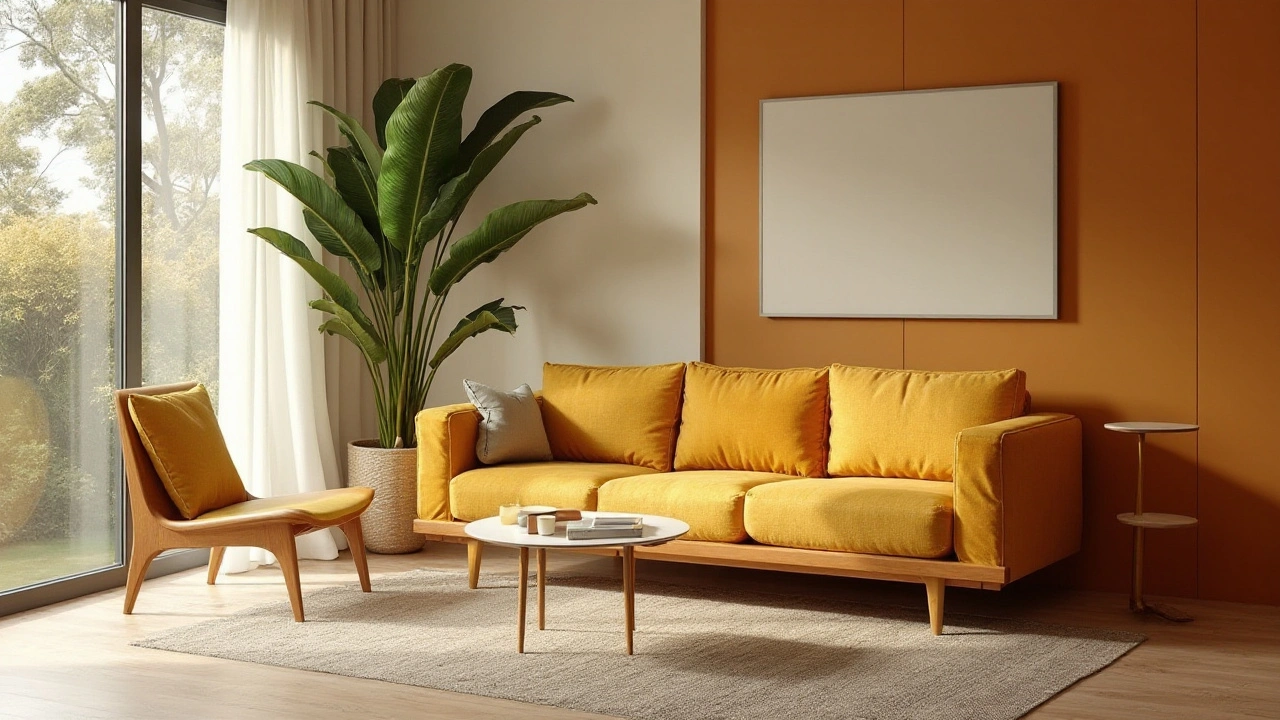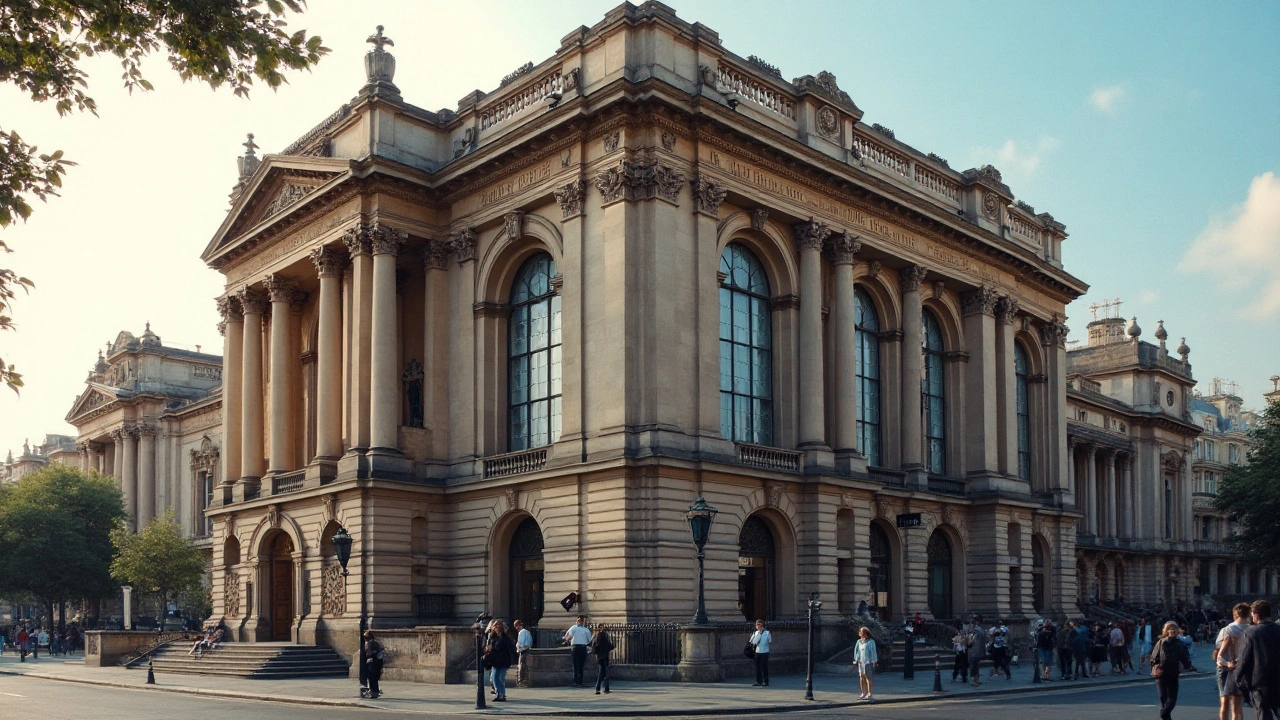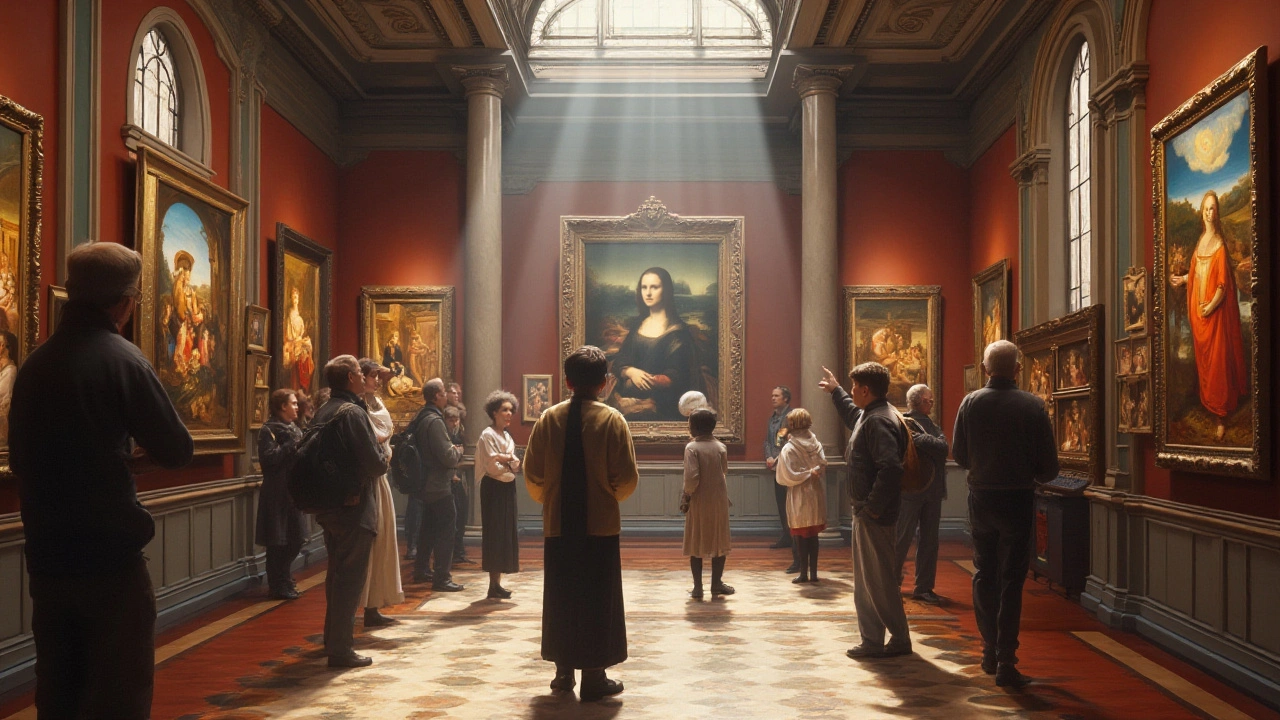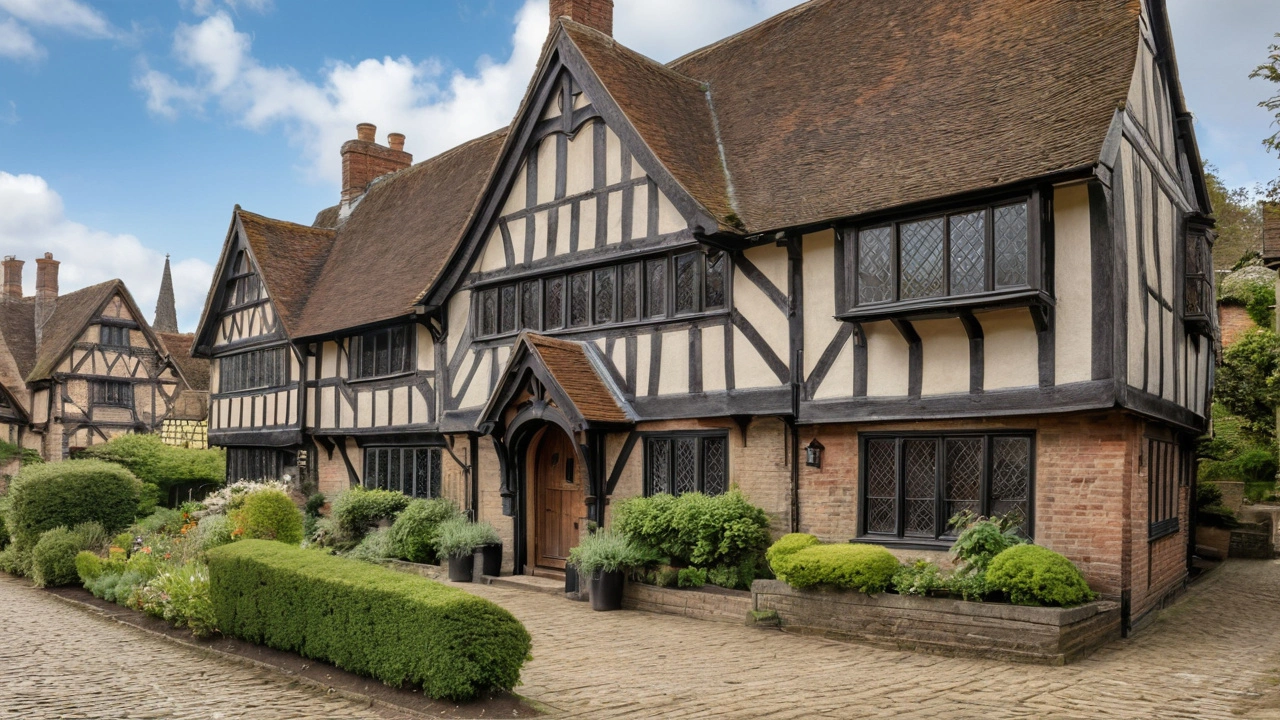This guide dives deep into mid-century modern design, an iconic style marked by its simple forms, functional furniture, and emphasis on bringing the outdoors in. Learn about its history, key elements, essential furniture pieces, color palettes, and tips for incorporating the style into your home.
Architecture Archive — August 2024: Quick Guide to the Month's Best Reads
What if one month could teach you both how to style a living room and how ancient builders changed cities forever? August 2024 on Architectural Artistry Chambers packed posts that do exactly that: practical design tips, clear history, and visual inspiration across eras. Below I’ve pulled the useful bits so you can pick what helps you now.
Modern & Contemporary Picks
Start with the mid-century modern guide. It breaks the style down to simple parts: clean lines, functional furniture, indoor-outdoor flow, and a tight color palette. If you want a quick change, focus on three moves: swap one bulky sofa for a low-profile piece, add a teak or walnut side table, and bring in plants to blur the boundary between inside and out.
The postmodern piece is more about attitude than rules. It shows how to combine unexpected shapes, bold colors, and playful details without making a room chaotic. Practical tip: pick one statement element (an oddly shaped light or a colorful arch) and keep the rest neutral. That keeps energy without overwhelming the space.
Historic Styles Worth Studying
On the history side, August offered rich looks at Byzantine, Beaux‑Arts, Renaissance, Roman, and Tudor architecture. Each article gives clear visual markers you can use when you visit a city or evaluate a renovation project. For example, Byzantine structures favor domes, mosaics, and rich iconography—great signs that a building blends Eastern and Western aesthetics.
The Beaux‑Arts article explains why grand public buildings feel authoritative: symmetry, classical details, and sculptural ornament. If you’re restoring trim or designing a civic space, use symmetry and layered stonework to get that grounded, formal look. The Renaissance piece gives a compact view of technique and composition—how proportion and perspective shaped art and architecture. Those lessons are handy when you’re planning facades or framing views from a room.
Ancient Rome is all about engineering: arches, vaults, and concrete. The main takeaway for builders today is how structural clarity can free up space and create lasting forms. Tudor architecture focuses on charm: timber framing, steep roofs, and cozy layouts. If you’re renovating a period house, prioritize roofline and exposed beams—those elements sell the style more than decorative extras.
Want practical next steps? Pick one article that matches your current project—styling a room, restoring a detail, or planning a visit. Read that full post, save one clear idea (a color combo, a furniture swap, a construction detail), and try it within a week. Small moves lead to big change.
Want direct links to these posts or a short checklist for a specific project? I can make one—tell me whether you’re working on a room, a restoration, or just browsing for design ideas.
Explore how postmodern architecture brings a visual feast to the eyes with its eclectic, innovative designs. Learn about its roots, defining features, and notable examples from around the world. Find out how postmodernism challenges conventions to create spaces that are both functional and artistic. Get tips on incorporating postmodern elements into your own architectural projects.
Byzantine architecture is known for merging elements from Eastern and Western traditions. This article delves into its development, key features, and notable examples, providing a comprehensive look into this historic style. Discover the influence of both Roman and Persian styles, and explore iconic structures that showcase this unique architectural blend.
Discover how Beaux-Arts architecture has left a lasting imprint on societies around the globe. From grandiose public buildings to elegant private homes, this architectural style has both shaped cityscapes and influenced modern design principles. Learn about its origins, key features, and notable examples that continue to be celebrated today.
Renaissance Art offers a fascinating view into a time when creativity flourished and boundaries were pushed. This article delves into the key aspects of the Renaissance period, highlighting the significant artists, artistic techniques, and cultural influences that shaped this extraordinary era. Learn about the impact of Renaissance art on modern times and discover tips for appreciating these historical masterpieces.
This article delves into the ingenuity and artistry of Ancient Roman architecture. It explores the principles and techniques that made Roman structures stand the test of time. Discover how the Romans innovated in their use of materials, design, and engineering to create iconic buildings and infrastructure.
This article delves into the world of Tudor architecture, uncovering its historical roots, key design elements, and enduring charm. Known for its distinctive style that combines both beauty and history, Tudor architecture is characterized by timber-framed structures, steeply pitched roofs, and ornate detailing. Whether you're restoring an old home or simply appreciating historic buildings, understanding Tudor architecture offers a fascinating glimpse into the past.
This article delves into Byzantine Architecture, exploring how it emerged as a confluence of various cultures. It highlights the unique design elements, historical significance, and the cultural influences that shaped this architectural style. Readers will gain insight into the rich history and artistic grandeur of Byzantine structures.








